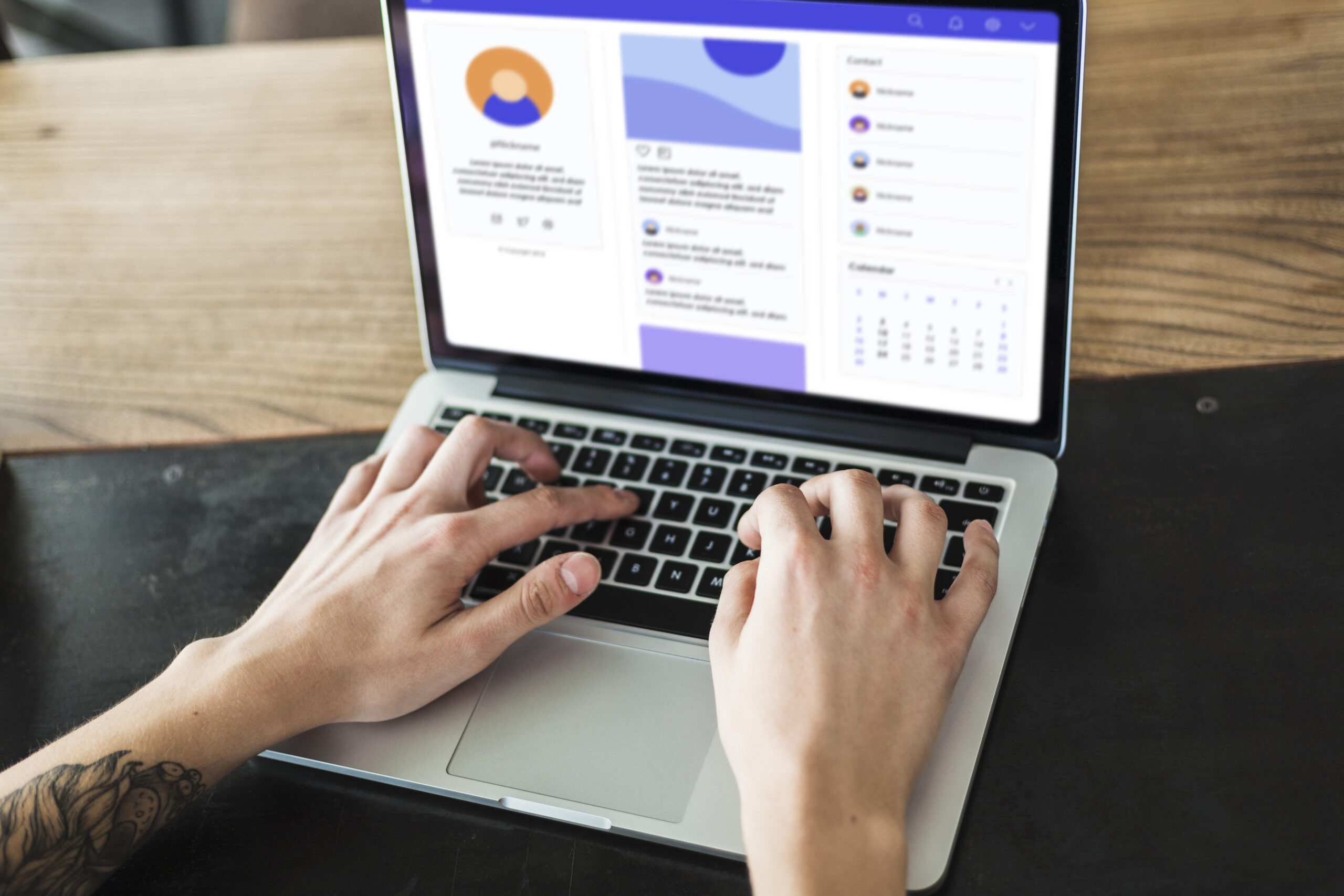Connections Hint Today Mashable – Hints and Tips for Today’s Puzzle


If you’ve found yourself staring at sixteen words on your screen, convinced they’re mocking you, you’re not alone. The New York Times Connections game has become a daily ritual for puzzle enthusiasts everywhere, and sometimes you just need a gentle nudge in the right direction. That’s where connections hint today mashable comes in – offering just enough guidance to get you unstuck without ruining the satisfaction of solving it yourself.
Table of Contents
Let’s break down everything you need to know about finding helpful hints, understanding the game’s logic, and improving your puzzle-solving skills over time.
What Is the Connections Game and Why It’s So Popular
The Connections game launched by the New York Times has quickly become as addictive as Wordle. The premise seems simple: you’re presented with sixteen words, and your job is to organize them into four groups of four based on shared connections. Sounds easy, right?
Not quite. The NYT Connections puzzle is designed to mislead you with clever wordplay, multiple meanings, and categories that overlap just enough to make you second-guess every choice. Some days the categories are straightforward – think “Types of Fish” or “Words That Follow ‘Fire'” – while other days they’ll twist your brain into knots with abstract connections or cultural references.
The game gives you four mistakes before it’s game over, which adds just enough pressure to make each guess feel significant. It’s this perfect balance of challenge and accessibility that keeps people coming back every single day.
How Mashable Provides Daily Connections Hints
Mashable has established itself as a go-to source for connections hint today mashable seekers who want help without spoilers. The tech and culture publication understands that puzzle solvers fall into different camps: some want the tiniest nudge, while others need more substantial guidance after they’ve exhausted their own efforts.
What makes Mashable’s approach particularly useful is the tiered hint system. They typically start with subtle clues about themes or categories without revealing specific words. As you scroll through their daily coverage, the hints gradually become more specific, giving you control over how much help you want to receive.
The full answers are available later in the article for those truly stuck, but the beauty of Mashable’s format is that you can stop reading whenever you’ve gotten enough information to continue on your own. It’s like having a friend who knows the answer but respects your desire to figure it out yourself.
Today’s Connections Hint – Subtle Clues Without Spoilers
Still stuck on today’s puzzle? Here’s a gentle nudge without giving away the game.
One category involves things you might find in a specific room of your house – think about where you prepare meals. Another group relates to descriptions of personality traits, though they might initially seem unrelated. Pay attention to words that could have double meanings or belong to common phrases.
The trickiest category today plays with words that can precede or follow a specific common word – this is where most people use up their mistakes. Don’t rush this one. Step back and look at the remaining words after you’ve solved the easier categories.
Remember, the daily puzzle hints are designed to point you in the right direction without robbing you of that “aha!” moment when everything clicks into place. If these clues aren’t quite enough, Mashable’s full breakdown includes more specific category themes and word associations.
Extra Help: Understanding Categories and Grouping Logic
The Connections game uses a color-coded difficulty system: yellow (easiest), green (moderate), blue (tricky), and purple (hardest). Understanding this hierarchy can actually help your strategy.
Start by looking for the most obvious connections first. These yellow-category words usually have straightforward, concrete relationships. Once you’ve identified and submitted that group, you’ve reduced the puzzle from sixteen to twelve words – suddenly, patterns become much clearer.
The purple category almost always involves wordplay, idioms, or cultural knowledge that requires lateral thinking. Words that seem completely random often belong together in surprising ways. Think about phrases, song titles, movie references, or words that share linguistic patterns rather than semantic meanings.
One key strategy: if you’re confident about three words in a category but the fourth seems off, you’re probably looking at a red herring. The puzzle frequently includes words that almost fit multiple categories to increase the challenge.
How to Improve at the Connections Game Over Time
Like any puzzle, you’ll get better at NYT Connections with practice. Start noticing patterns in how the game constructs its categories. The New York Times tends to favor certain types of wordplay and cultural touchstones.
Keep a mental catalog of common category types: synonyms, words that precede or follow another word, items in a specific domain (like sports or food), phrases with a word removed, homophones, or words with shared etymology. The more you play, the faster you’ll recognize these patterns.
Don’t be afraid to use your mistakes strategically. If you have a hunch about a category but aren’t certain, sometimes it’s worth testing it early in the game when you have mistakes to spare. The feedback you get – whether you’re right or wrong – gives you valuable information for solving the remaining words.
Reading connections hint today mashable regularly can also help you understand the puzzle constructor’s mindset. You’ll start to anticipate the types of misdirection they use and develop better instincts for spotting them.
Enjoying the Challenge Without Frustration
The beauty of the word grouping game is that it’s challenging enough to feel rewarding but accessible enough that anyone can play. Some days you’ll solve it in under a minute; other days you’ll need to step away and come back with fresh eyes.
Remember, using connections hint today mashable resources doesn’t mean you’re cheating – it means you’re being smart about how you learn and improve. Every puzzle solver has different strengths, and there’s no shame in getting a little help when you’re stuck.
The goal is to enjoy the daily mental exercise, share your results with friends, and keep that winning streak alive. Whether you solve it independently or with a few hints along the way, you’re still exercising your brain and having fun with language.
So bookmark Mashable’s daily coverage, give yourself permission to peek when needed, and most importantly, enjoy the puzzle. Tomorrow brings a fresh set of sixteen words and another chance to test your skills. See you then!



